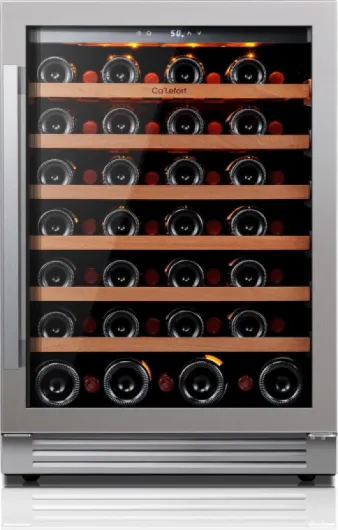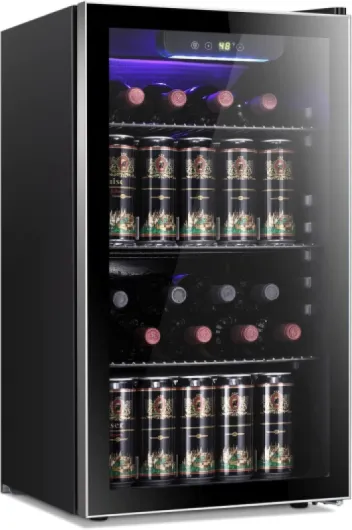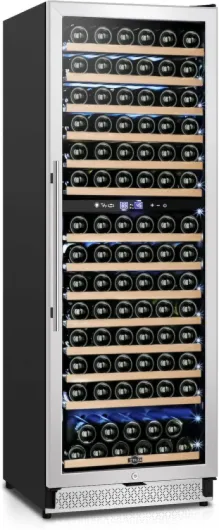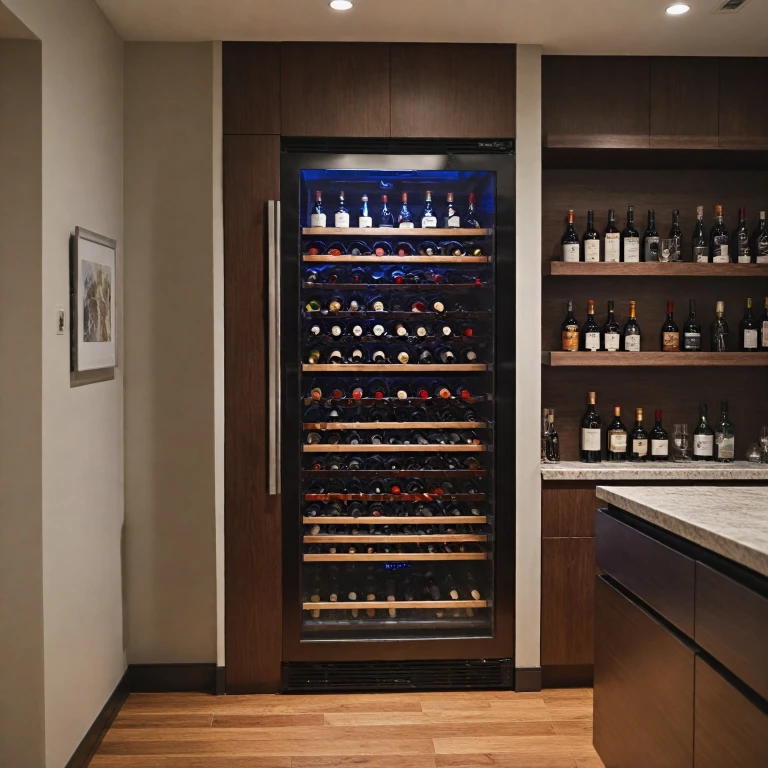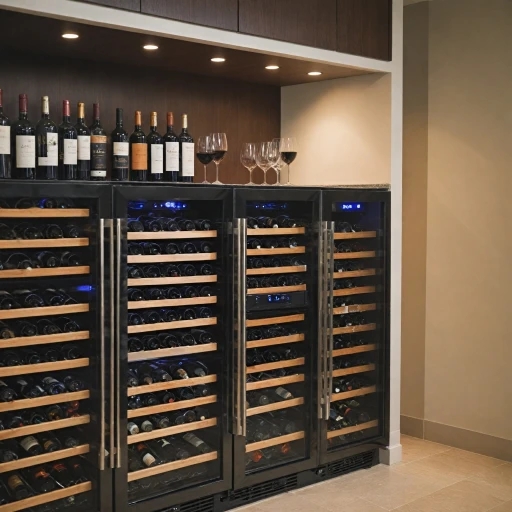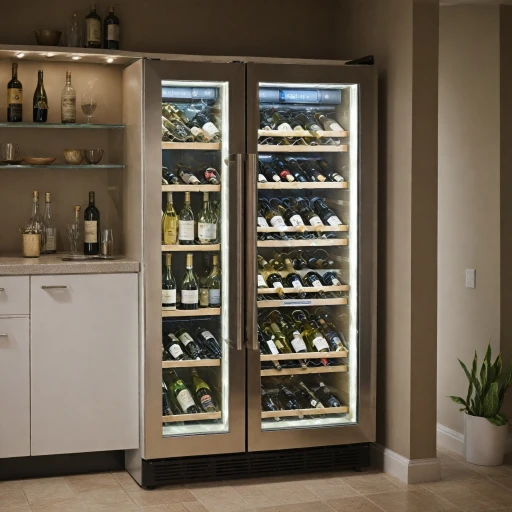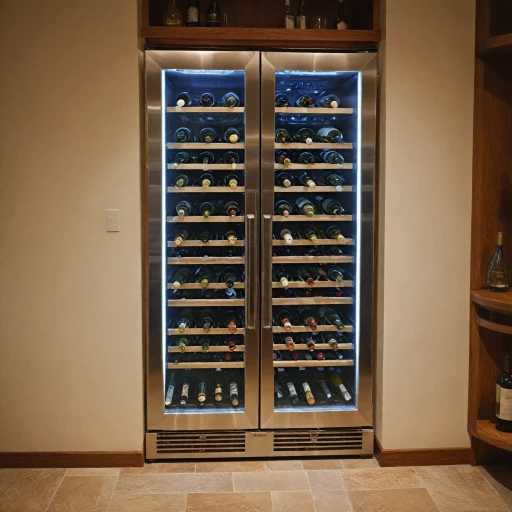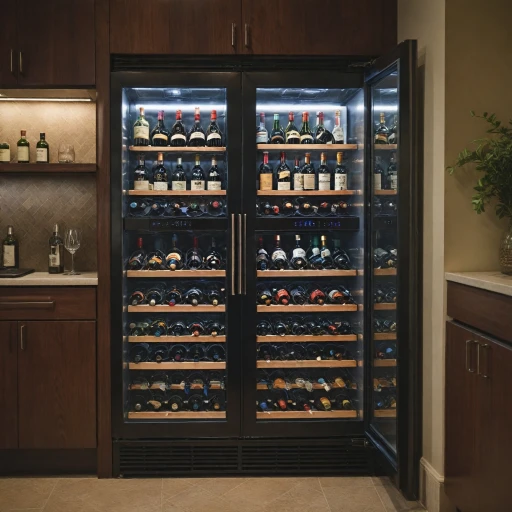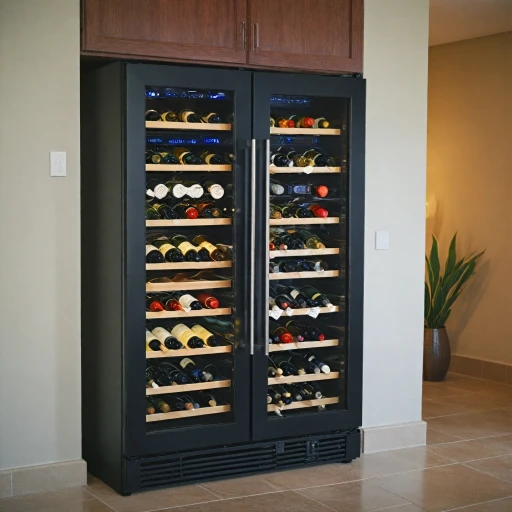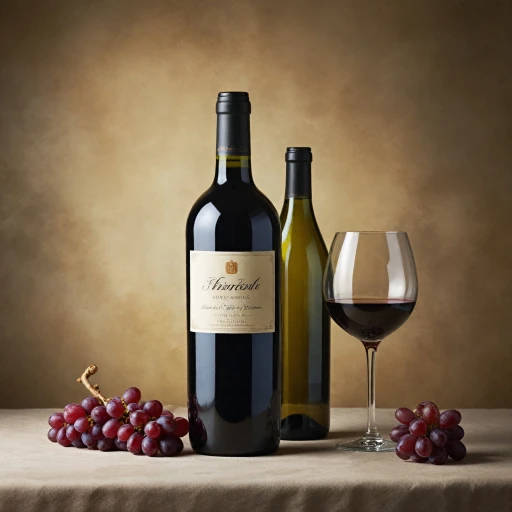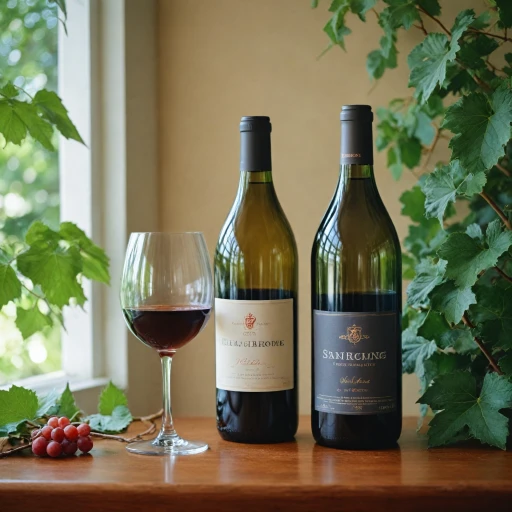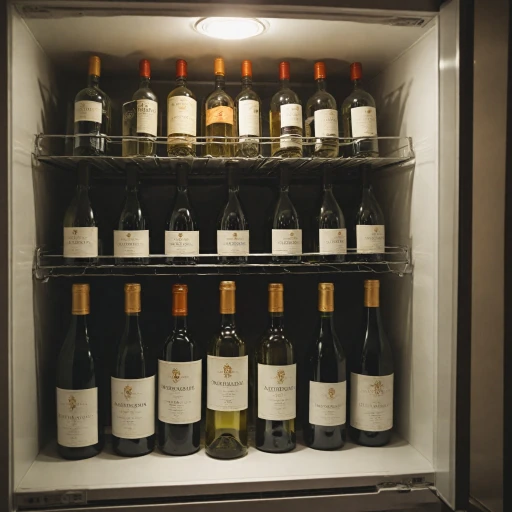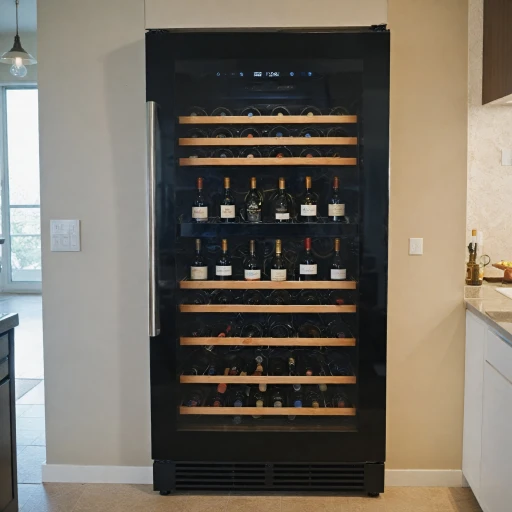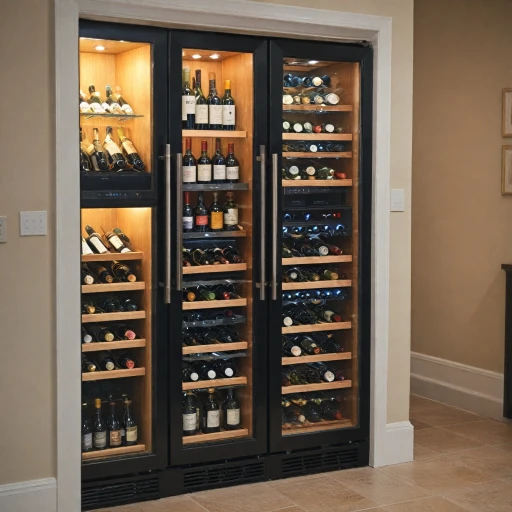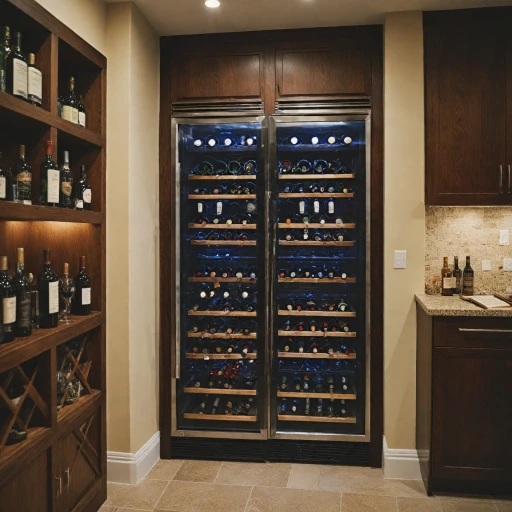
Understanding Red Wine Varieties
Delving into the World of Red Wine Varieties
Understanding the diverse characteristics of red wine varieties is essential for wine enthusiasts aiming to perfect their wine storage and serving practices. Red wines can vary significantly in flavor profile, acidity, and tannin structure, all of which are influenced by how they are stored and served. Different red wines demand distinctive storage and serving temperatures. For instance, lighter reds like Pinot Noir usually benefit from being slightly chilled, while fuller-bodied reds such as Cabernet Sauvignon shine brighter when served at or just below room temperature. By grasping these nuances, you can ensure that each bottle wine elevates your dining and tasting experience. While temperature control is crucial, it's equally important to consider the type of cooler or wine fridge you use. Investing in a wine cooler that provides a good understanding of the optimal temperature settings ensures that red wines are stored correctly, thus maintaining their quality and flavor. For a deeper dive into setting the right temperatures for your wine fridge, explore this helpful optimal temperature settings guide. Recognizing the importance of the wine cooler’s capacity is also vital. Wine fridges tailored for red wines often provide specific compartments or zones designed to accommodate the variations in cooling needs and bottle sizes. With an appropriate fridge, you can achieve the perfect balance for both short-term and long-term wine storage, protecting your precious vintages from temperature fluctuations and ensuring they are always ready to be served at their best.The Science Behind Wine Storage
The Importance of Temperature in Wine Storage
When it comes to storing red wines, understanding the science behind wine storage is crucial. Temperature plays a pivotal role in preserving the quality and flavor of your wines. The ideal storage temperature ensures that the wine matures gracefully, maintaining its intended taste and aroma.
Red wines, unlike their white counterparts, require a specific temperature range to thrive. Storing your wine at the wrong temperature can lead to undesirable changes in flavor and aroma. For instance, if the temperature is too high, the wine may age prematurely, losing its complexity and balance. Conversely, if the temperature is too low, the wine's maturation process slows down, potentially leading to a flat taste.
Temperature Fluctuations and Their Impact
Consistency is key when it comes to wine storage. Fluctuations in temperature can cause the wine to expand and contract within the bottle, which may lead to seepage around the cork or even spoilage. A stable environment is essential to prevent these issues and ensure the longevity of your wine collection.
For those using a wine fridge or cooler, it's important to set the appliance to the optimal temperature for red wines. Many modern wine fridges offer dual zone capabilities, allowing you to store both red and white wines at their respective ideal temperatures. This feature is particularly beneficial for collectors who enjoy a variety of wines.
To delve deeper into the specifics of temperature settings for red wines, you can explore more about optimal temperature settings for red wine.
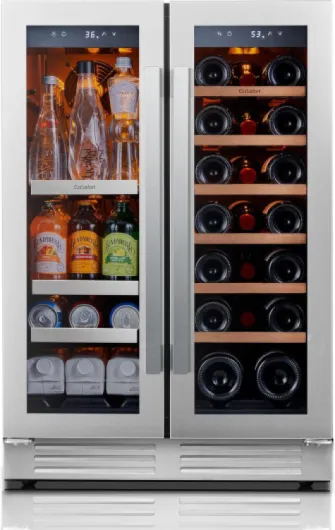
- + Dual Zone temperature control (36-72°F)
- + Holds up to 60 cans and 20 bottles
- + 3 LED lights for enhanced visibility
- + Can be used as built-in or freestanding
- + Compact size of 4.10 cu.ft
Recommended Temperature Range for Red Wines
The Perfect Chill for Red Wine Elegance
Identifying the ideal storage temperature for red wines is essential to preserve their character and enhance their flavors over time. Different types of red wines have unique needs, yet the recommended temperature range is relatively consistent across the board to ensure optimal aging and serving readiness. Most red wines flourish when stored in a wine fridge set between 55°F to 65°F (13°C to 18°C). This range balances the delicate interplay between aging gracefully and retaining the wine's intrinsic flavors and aromas. Here’s a brief look into why this temperature is pivotal:- Preserving Complexity: Red wines stored at lower temperatures than room temperature slow down the aging process without halting it, allowing flavors to mature complexly over time.
- Avoiding Oxidation: Temperatures above this range accelerate chemical reactions that can lead to premature aging and even spoilage.
- Maintaining Balance: Cold storage harmonizes the elements within the wine, such as tannins, acidity, and body, resulting in a more balanced flavor profile when wine is served.
Common Mistakes in Wine Storage
Common Missteps in Storing Your Red Wines
Proper maintenance of your wine cooler is crucial to optimizing the storage of red wines, yet many wine enthusiasts overlook key aspects that could negatively impact their collection. Here are some common mistakes when it comes to wine storage—mistakes that could compromise the integrity of your cherished bottles.- Ignoring Temperature Consistency
- Incorrect Temperature Settings
- Improper Wine Serving Practices
- Overcrowding the Wine Fridge
- Neglecting Dual Zone Know-How
Choosing the Right Wine Refrigerator
Factors to Consider When Selecting a Wine Refrigerator
When choosing the perfect wine fridge for your red wines, there are several crucial factors to keep in mind. A well-chosen wine cooler can significantly enhance the longevity and quality of your wine storage experience.
Size and Capacity Considerations
Before purchasing a wine fridge, consider the number of bottles you plan to store. Whether you have a modest yet growing collection or are a connoisseur with a vast array, ensure your cooler can accommodate your needs. With models ranging from compact to large-capacity units, finding the right fit is essential to cater to both red and white wines.
Temperature Zones and Control
For those who enjoy a variety of wines, a dual zone wine cooler might be the best solution. It allows separate storage temperatures for red and white wines, ensuring each type is stored at its optimal serving temperature. Control mechanisms should be straightforward yet precise, allowing easy adjustments to suit your collection.
Cooling Technology
Modern wine fridges typically utilize either compressor-based systems or thermoelectric cooling. Each has distinct advantages; compressor systems are robust and suitable for long term storage, while thermoelectric coolers are quieter and more energy-efficient, ideal for smaller spaces. Your choice can hinge on your specific needs, including room temperature and storage conditions.
Humidity and UV Protection
While temperature control is paramount, maintaining adequate humidity levels within the cooler also safeguards against drying out corks, which can affect wines' aging potential. Additionally, UV-protected glass doors are crucial in preventing sunlight exposure, which can degrade wine quality over time.
Choosing the right wine fridge is a pivotal step in maintaining your collection's integrity. Balancing storage requirements with environmental factors ensures each bottle is preserved at its best until it's time to be served.
Maintaining Your Wine Refrigerator
Keeping Your Wine Refrigerator in Optimal Condition
To ensure your wine refrigerator continues to keep your wines at the perfect storage temperature, regular maintenance is essential. A well-maintained wine fridge not only helps in preserving the quality of your wines but also extends the life of the appliance.- Regular Cleaning: Dust and debris can accumulate over time, affecting the cooling efficiency. Clean the interior shelves, door seals, and vents periodically using a mild detergent and water. Avoid harsh chemicals that could leave residues and affect the aroma of the stored wines.
- Check the Seals: Inspect the door seals regularly to ensure they are intact. A proper seal prevents warm air from entering the fridge and ensures that the storage temperature remains consistent for all your red and white wines.
- Monitor Temperature Settings: As discussed, different wines require different temperature settings. Dual zone wine coolers allow for separate storage temperatures for red wines and white wines. Regularly check the temperature display to ensure your bottles are being stored under optimal conditions.
- Ventilation: Ensure that the wine refrigerator is placed in a location with sufficient ventilation. Most models require some space around the unit to properly dissipate heat, which in turn maintains stable temperatures inside the fridge.
- Address Malfunctions Promptly: If you notice any unusual noises or fluctuations in temperature, address these issues promptly to prevent long term problems. Failure to do so can compromise the storage environment and potentially spoil your precious bottles.
